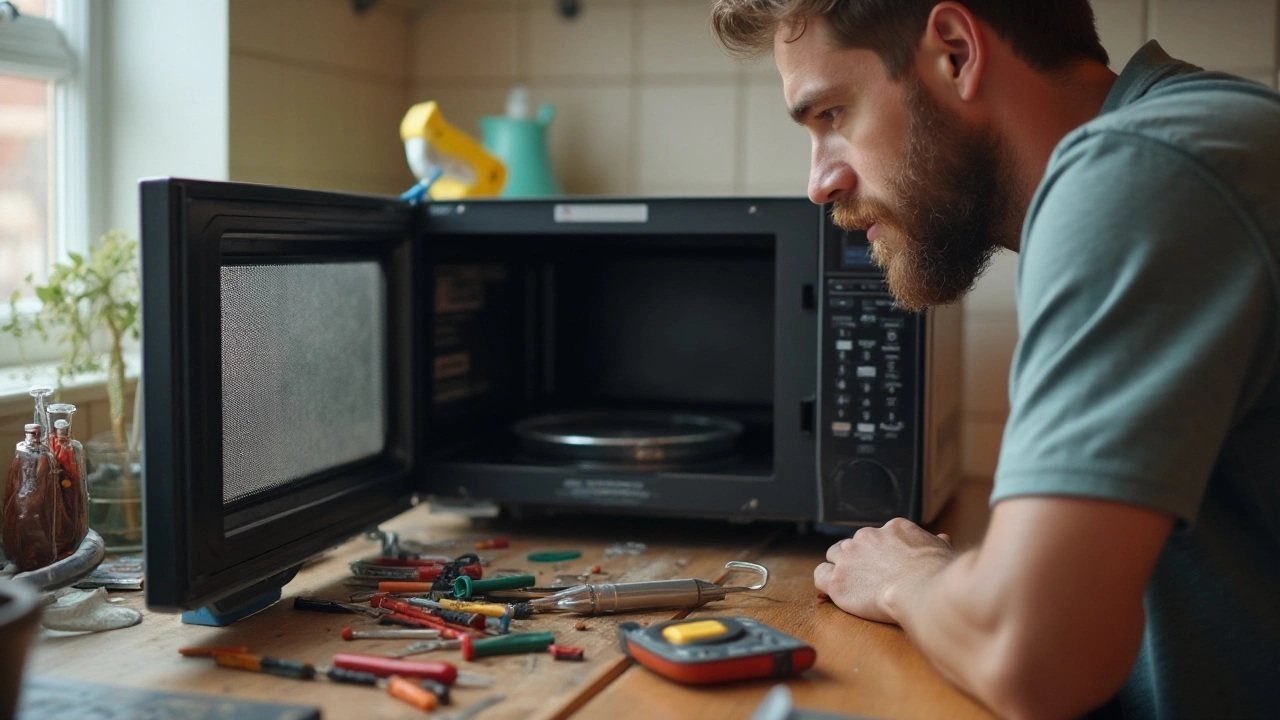DIY Tips for Quick Appliance Fixes at Home
Got a faulty fridge, a stubborn oven, or a boiler that won’t heat? You don’t always need to call a technician right away. With the right DIY tips you can troubleshoot, fix minor issues, and save money. Below are practical steps for the most common household problems.
Start with Simple Checks
Before you open any panel, always turn off the power or shut off the water supply. A quick visual inspection often reveals the problem: a loose plug, a tripped reset button, or debris blocking a vent. For a water heater, press the reset button only once – if it trips again, call a professional.
For ovens that won’t heat, check the power outlet and circuit breaker first. If the oven has a digital display, a blinking error code usually points to a specific part, like the heating element or thermostat. A dishwasher that’s not draining often just needs a cleaned filter or a cleared pump hose.
Common Repairs You Can Do Yourself
Boiler service basics: A boiler service typically takes 45‑90 minutes. You can flush the radiators, bleed air, and clean the pressure gauge. If the pressure is too low, top it up with water from the mains, but never exceed the recommended level.
Oven element swap: Unplug the oven, remove the back panel, and locate the faulty heating element. Unscrew the connector, pull out the old part, and snap the new one in. Tighten the screws and test the oven on a low setting first.
Fan motor cleaning: Dust and grease choke extractor fans. Remove the fan cover, use a soft brush and a vacuum to clear buildup, then wipe the motor with a damp cloth. Reassemble and you’ll notice better airflow instantly.
Glass hob cracks: Small cracks can be filled with a special glass repair kit. Clean the surface, apply the resin, and let it cure as directed. For larger cracks, replacement is safer – the cost of a new hob is often less than a professional repair.
Microwave magnetron check: If the microwave spins but won’t heat, the magnetron may be dead. This part carries high voltage, so only attempt a swap if you’re comfortable with electrical work. Otherwise, it’s best to let an expert handle it.
When you’re unsure, the rule of thumb is: if the fix involves exposed wiring, gas connections, or sealed components, call a qualified technician. Trying to DIY these can be dangerous and may void warranties.
Keeping a basic toolkit – screwdrivers, pliers, a multimeter, and a set of sockets – covers most minor jobs. Store cleaning supplies, replacement filters, and a few spare parts (like oven thermostats) in a drawer so you’re ready for the next hiccup.
Lastly, schedule regular servicing for big appliances. A yearly check on your boiler, fridge, and washing machine keeps them running efficiently and spots hidden problems early. Combine that with the DIY tips above, and you’ll enjoy fewer breakdowns, lower energy bills, and a home that works for you.

